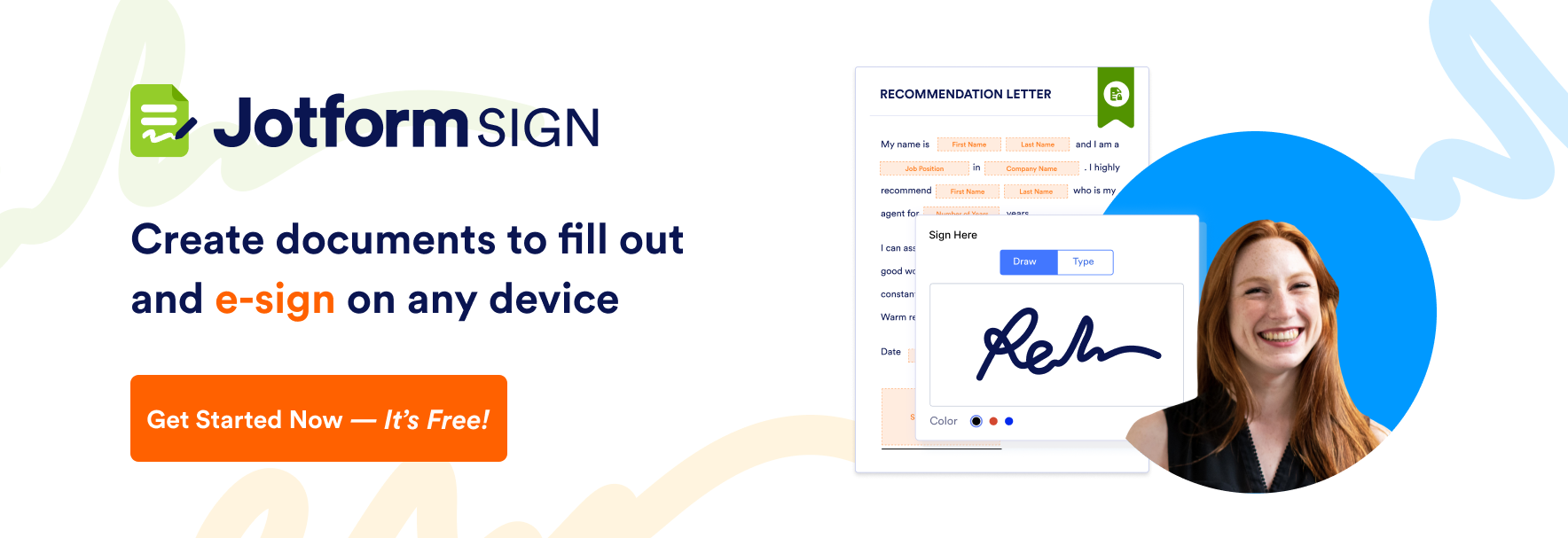Copyrights can be extremely valuable — the recent number of famous musicians who’ve sold the copyrights to their work for huge sums makes that pretty clear.
Perhaps most notable among these is Bob Dylan. He sold the rights to some of his very earliest songs for $100 in 1962, but he didn’t sell anything else for decades. And then in December 2020, Universal Music Publishing Group announced that it had purchased Dylan’s entire catalog of more than 600 songs — including his iconic “Blowin’ in the Wind.” They didn’t say how much they paid for this treasure trove, but the estimate is over $300 million.
Many other long-established musical stars, including Neil Young and Stevie Nicks, have agreed to multimillion-dollar deals for the copyrights to their songs. A British investment fund (called the Hipgnosis Songs Fund) has reportedly invested approximately $670 million for the copyrights to more than 40,000 songs. The sellers include Barry Manilow and Rick James’s estate.
What makes a copyright valuable?
A copyright is a type of intellectual property. Copyrights protect creative works like songs, novels, plays, and nonfiction books, software programs, website content, photos and videos, dance productions, and other works fixed in any tangible medium of expression.
If people manage their copyrights carefully, some may be able to generate income through licensing deals. There are some famous cases where a copyright has been incredibly lucrative. Mariah Carey’s catchy “All I Want for Christmas Is You” has earned the singer an estimated $60 million since 1994.
In order to generate income from copyrighted material, the creator has to protect their work from infringement. An essential step is to register their copyright with the U.S. Copyright Office. Registration doesn’t guarantee success in court against an infringer, but without it one cannot recover “statutory” damages under the copyright laws.
A person sued for copyright infringement may raise certain defenses other than non-infringement. For example, under the “fair use” doctrine, the person may admit that they used the copyrighted work, but for something protected under law like news reporting, commentary, or scholarship.
How do you manage a copyright portfolio?
To deter copyright infringement, you have to be on the lookout for unauthorized use, but that’s just part of what managing a portfolio of copyrights involves. The other half is managing requests to use your copyrighted material, and knowing who has used your work when you’ve given permission such as through ASCAP or BMI, where musical artists receive a royalty every time one of their songs is played on the radio. In those cases, those companies keep detailed records of when and where the songs were played, and by what station.
Owners of copyrights — whether they’re the original creators of the intellectual property or the publishers, music and film producers, or investors (such as the Hipgnosis Songs Fund) — have a clear motive for outlining a straightforward process to obtain permission for legal use of their copyrighted material.
Many publishers have online pages for requesting copyright permission that simplify the process. An online tool like Jotform Sign lets creatives easily and securely collect legally binding signatures. Every signature collected with Jotform Sign is E-sign and UETA compliant and automatically becomes part of an audit trail so there’s no question about who is licensing an artist’s work.
Send my document for signature
File type is not allowed.
Maximum file size limit exceeded. (5MB)
Something went wrong.
When facing financial problems, many creative types have sold the copyright to their work only to watch its value increase exponentially over the years. Others have someone other than themselves manage their copyright portfolio.
Experience has shown that creatives are generally better off when they retain the rights to their work — at least until it has matured in value — and online tools have made the chore of managing those copyrights much easier.
AS ALWAYS, CONSULT AN ATTORNEY BEFORE RELYING ON ANY FORM CONTRACT OR CONTRACT TEMPLATE. THE CONTENT ABOVE IS FOR INFORMATIONAL PURPOSES ONLY.
































Send Comment: